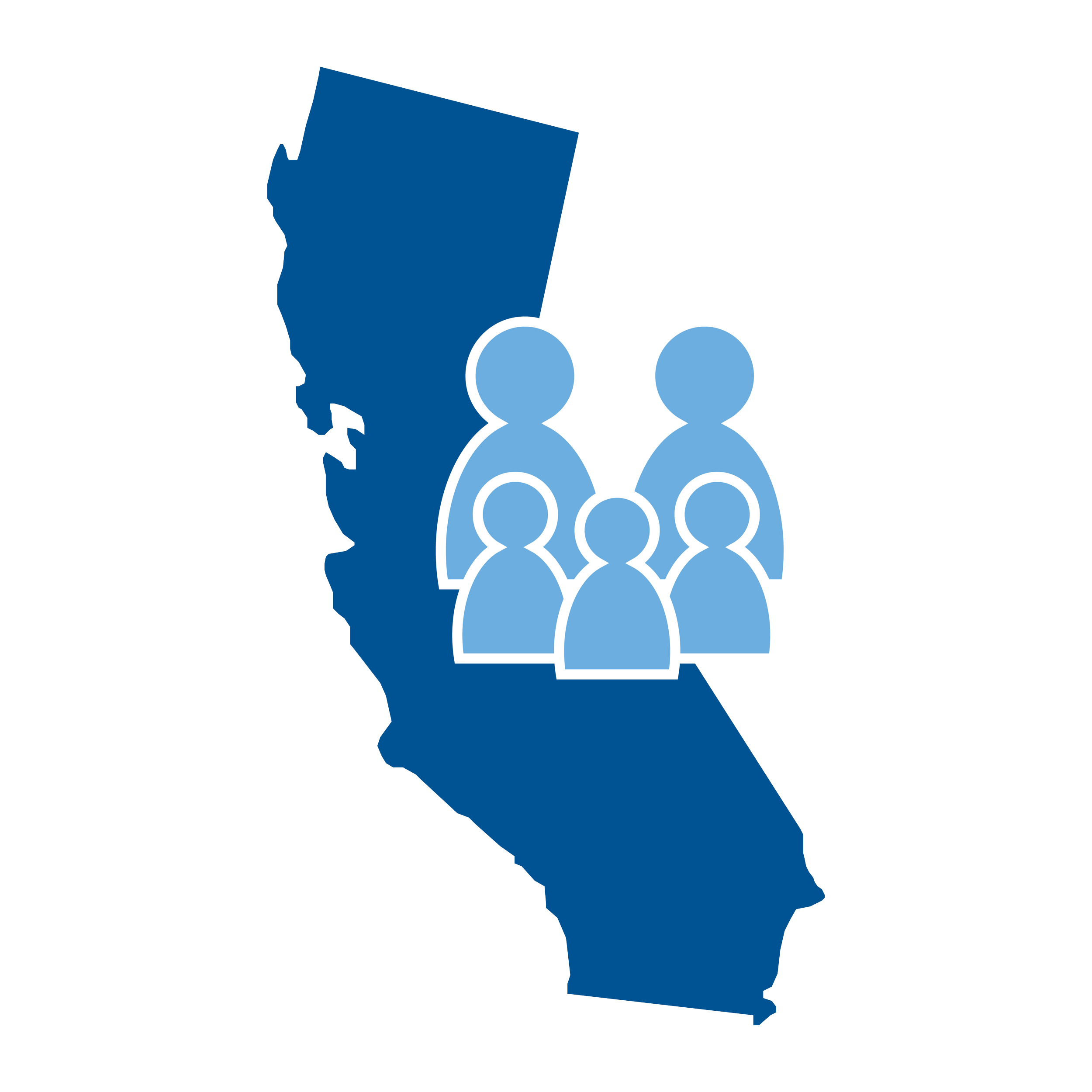
Monthly Poverty to Spike After Expiration of the CARES Act Unemployment Benefits
Using our monthly poverty framework, we find that a failure to extend two unemployment provisions of the CARES Act in December 2020 could see the number of individuals in poverty in January 2021 increase by 4.8 million.

Parental Unemployment Reaches Historic Highs During the Covid-19 Pandemic
Urgent policy action is needed to prevent long-lasting detrimental effects of the spike in the share of children with at least one unemployed parent during the pandemic. Black and Latino children have been particularly affected and mothers are more affected than fathers.

Monthly Poverty Rates in the United States during the Covid-19 Pandemic
In contrast to traditional annual poverty rates, we track monthly poverty rates before and throughout the pandemic. Government policy interventions successfully offset the worst of the pandemic’s effects, but monthly poverty increases hit Black and Latino communities, and all children, harder.

Housing Vouchers and Tax Credits: Pairing the Proposal to Transform Section 8 with Expansions to the EITC and the Child Tax Credit Could Cut the National Poverty Rate by Half
Vice President Biden’s campaign put forward a plan to address the housing affordability crisis through the Section 8 Housing Choice Voucher program. Such an expansion could lead to substantial reductions in the national poverty rate, which we quantify for the first time in this brief.

What do we know so far about U.S poverty rates in 2020?
This fact sheet reviews the annual US Census Bureau release of poverty data. While national poverty rates fell from 2018 to 2019, we identify three key aspects of what poverty is likely to look like in 2020.

The Direct Effect of Taxes and Transfers on Changes in the U.S. Income Distribution
We examine the effects of taxes and transfers on the household income distribution from 1967 to 2015. Despite overall increases in income inequality, the rise of in-kind and tax-based transfers—particularly, food assistance and refundable tax credits—actually saw inequality decline in the bottom half of the income distribution among households with children.

The Poor People’s Campaign highlights the political power of low-income voters
Poverty and the concerns of poor and low-income Americans have not been directly addressed in recent election cycles. (There were 63 million low-income eligible voters in 2016.) The Poor People’s Campaign makes the case to put poverty on the political agenda as a moral imperative and a political strategy to win elections. In a recently released study, Columbia School of Social Work’s Robert Paul Hartley, a faculty affiliate of CPSP, provides evidence of what could happen if low-income people voted at similar rates as higher-income voters and where new participation could flip results.

California's Paid Family Leave Law Improves Maternal Psychological Health
We researched the effect of California's paid family leave policy on maternal postpartum psychological distress. Paid family leave is associated with improved mental health for California mothers, suggesting that expansions of state or federal paid family leave policies have the potential to improve maternal postpartum health.

The CARES Act and Poverty in the Covid-19 Crisis
We apply new forecasting methods to project the effect of the CARES Act on 2020 poverty rates. If households can access pandemic relief, the CARES Act could return poverty rates to pre-crisis levels.

Teenage and Young Adult Dependents Left Out of Cash Payments in Covid-19 Crisis
We identify the 10 million teenagers and young adults left out of CARES Act emergency cash payments and the states most impacted by their exclusion.

A Better Child Tax Credit During the Covid-19 Crisis
Early federal pandemic relief efforts did not focus on children. The Child Tax Credit can be made more generous, reach the one-third of children currently left out, and be delivered monthly to support children through the immediate crisis and beyond.

Forecasting Estimates of Poverty During the Covid-19 Crisis
We develop a novel method for forecasting poverty rates to assess how much the unfolding COVID-19 pandemic may increase levels of poverty in the US. Without policy action, poverty could reach the highest levels in more than 50 years.

The Case for Cash Allowances for Children During Economic Crises
Cash allowances for children – for example, through an expanded Child Tax Credit – can reach children currently left out or underserved by other cash and food assistance programs during economic crises.

Children Left Behind in Larger Families: The Uneven Receipt of the Federal Child Tax Credit
Building on our previous work, this brief examines the variation in Child Tax Credit receipt by family size. The findings show that children in larger families are more likely to be left out of the full Child Tax Credit than children in smaller families because the earnings required to access the full credit increases with the number of children in the family.

Young Adult Poverty in Historical Perspective: The Role of Policy Supports and Early Labor Market Experiences
Examining long-term trends in young adult poverty, we find that, unlike other groups, poverty among young adults has not decreased since the 1960s. Young adults also lack access to public benefits and programs, are increasingly unmarried and living alone, and remain more disconnected from the labor market.

Income Guarantee Benefits and Financing: Poverty and Distributional Impacts
In this brief, we explore the feasibility of financing a guaranteed income and the potential poverty impacts. In general we find that income guarantee plans can work to reduce poverty at reasonable costs, such as through a fundamental federal income tax reform and carbon tax-and-dividend plan. However, poverty impacts depend on who is eligible and how the benefit is financed.

Comparing Recent Income Maintenance Proposals
As we approach the 2020 Presidential election, we compare recent income maintenance proposals and discuss how design affects costs and poverty impacts.

The Case for Counting Children in a Carbon Tax Dividend Plan: Net Benefits and Poverty Implications for a Per Capita Dividend
Carbon dividend design can have an impact on the child poverty rate. We find that providing carbon dividends to all adults and children would reduce adult poverty and child poverty. However, limiting carbon dividends to adults only would increase child poverty. If children are not counted, many working class families could be taxed into poverty.
